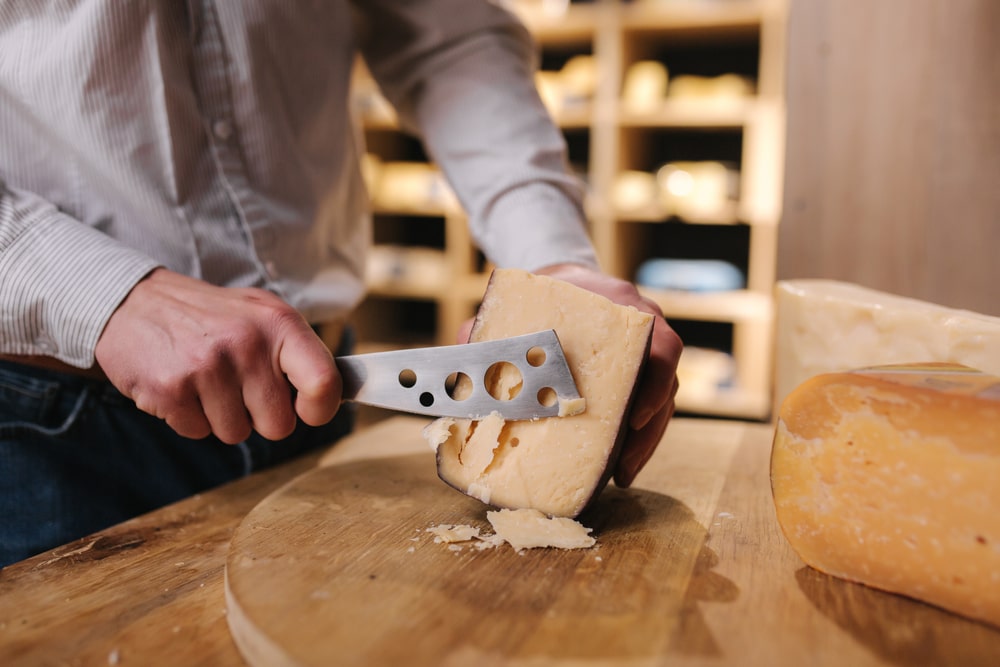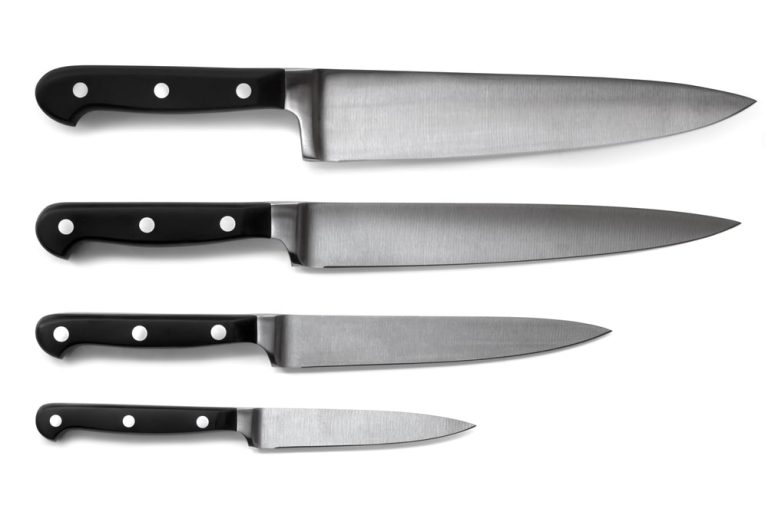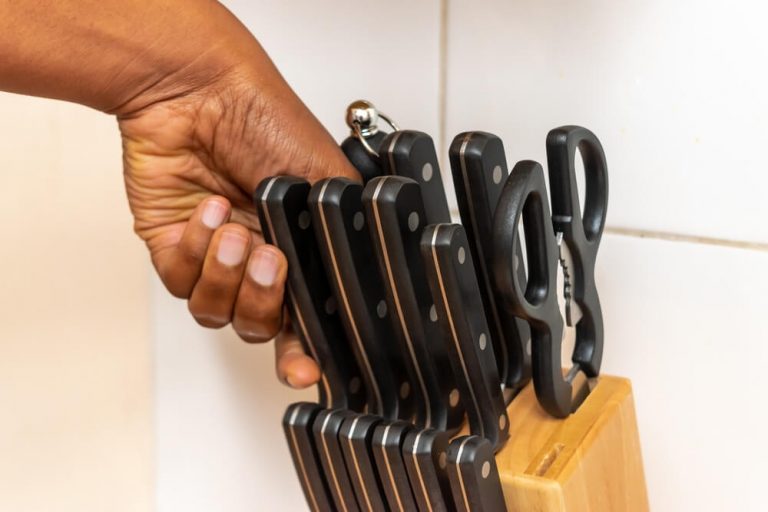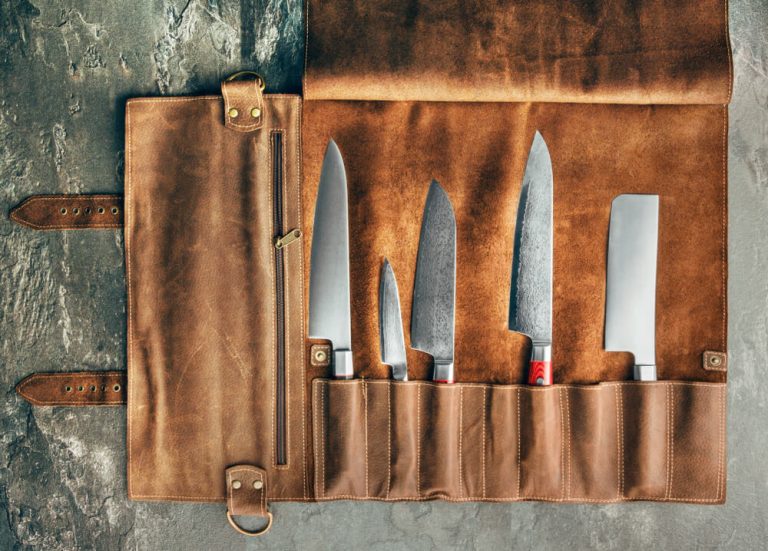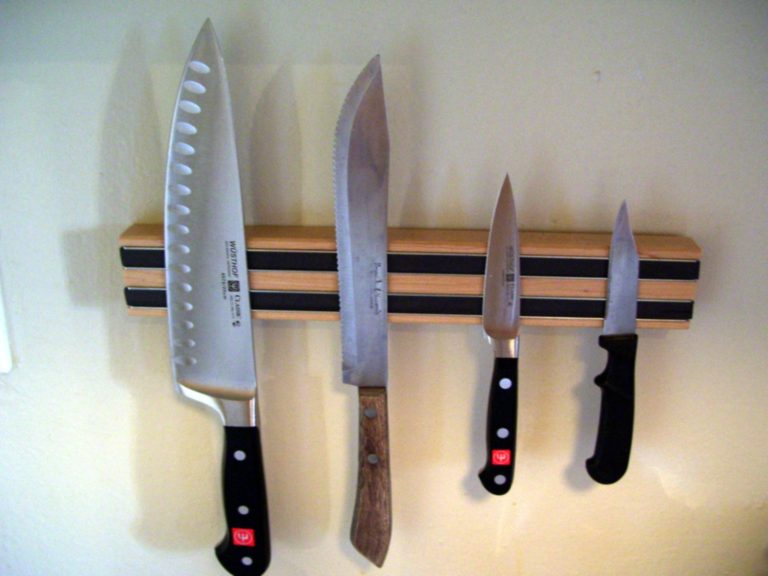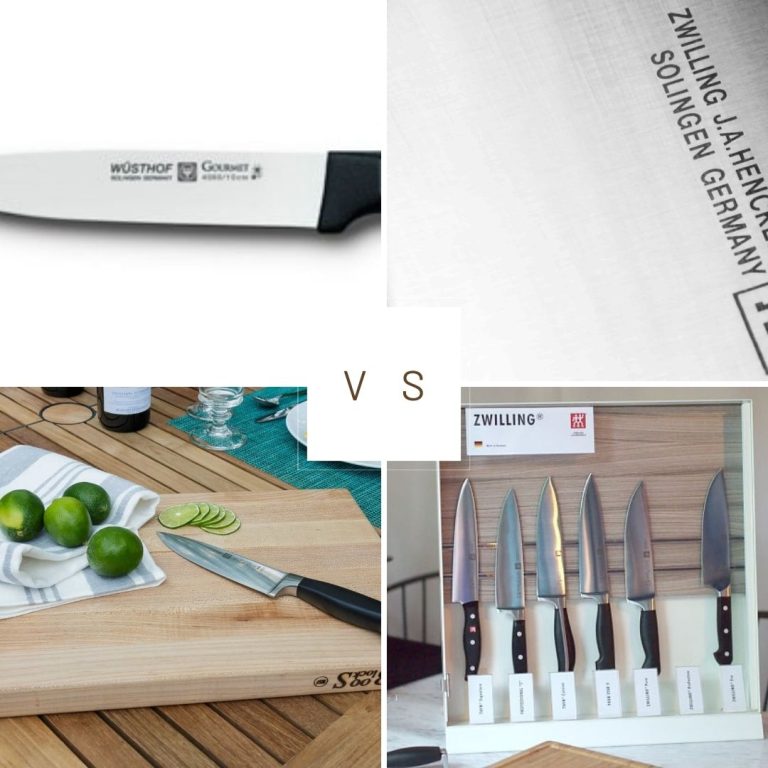In the world of cheese connoisseurs, the knife you use is as crucial as the cheese you cut. This guide delves into the refined art of how to use cheese knives, an often-overlooked aspect of gourmet cheese enjoyment. The right knife not only enhances the cheese-tasting experience but also pays homage to a tradition deeply rooted in history.
The history of cheese knives dates back to the early days of cheese making. As cheese varieties evolved, so did the tools used to cut them. Each knife was crafted to cater to the unique texture and size of different cheeses, ensuring that the integrity and flavor of the cheese remained intact during slicing. This historical journey has resulted in the diverse array of cheese knives we see today, each with its specific purpose.
This guide is designed for cheese enthusiasts like Margaret, who appreciate the subtleties of a well-curated cheese platter. Whether you’re a novice in the world of fine cheeses or a seasoned aficionado, this guide will enhance your knowledge and skills. You’ll learn about the different types of cheese knives, from the soft-cheese spreader to the hard-cheese cleaver, and understand why each knife is suited for its respective cheese type. We will also delve into the art of pairing the right knife with the right cheese, ensuring that each slice is as perfect as the cheese itself.
By the end of this guide, you’ll not only be adept at selecting and using the appropriate cheese knives but also appreciate the rich history and craftsmanship behind each blade. Welcome to the gourmet’s journey into mastering cheese knives.
Understanding Cheese Knives
Cheese, with its vast array of textures and flavors, demands specialized tools for cutting, serving, and enjoying. Cheese knives, crafted to handle specific types of cheese, play a crucial role in any connoisseur’s toolkit. This section delves into the diverse world of cheese knives, examining the unique features and uses of each type.
Types of Cheese Knives

Cheese knives come in various shapes and sizes, each designed to cater to a particular type of cheese. Their design considerations include the texture, hardness, and stickiness of the cheese. Here’s a look at some common types:
- Soft Cheese Knife: These knives typically feature a thin blade with a sharp edge, designed to cut through soft cheeses like Brie or Camembert without crushing them. The blade may have holes to prevent the cheese from sticking. Some soft cheese knives also have a forked tip, allowing them to be used for serving.
- Hard Cheese Knife: Hard cheese knives are robust and have a short, thick blade, enabling them to handle the density of cheeses like Cheddar or Parmigiano-Reggiano. They often possess a sharp point to break off chunks from hard cheese blocks.
- Parmesan Knife: Parmesan knives are specialized for very hard cheeses like Parmigiano-Reggiano. They have a short, stubby blade and a sharp, pointed tip, designed for chipping away pieces from large cheese wheels.
- Cheese Fork: This tool is more for serving than cutting. It usually has two or three prongs and is used to hold a block of cheese in place while cutting or to pick up and serve individual pieces after slicing.
- Cheese Spreader: Ideal for spreadable cheeses, these have a wide, dull blade, perfect for spreading soft cheeses onto crackers or bread.
- Cheese Plane: Cheese planes are ideal for slicing semi-hard cheeses into thin, even slices. They consist of a flat, sharp-edged blade set at an angle to a handle.
- Gorgonzola Knife: This is a specialized knife for cheeses with a creamy texture and crumbly core, like Gorgonzola. It usually features a curved blade, aiding in both slicing and spreading.
- Cheddar Cleaver: As the name suggests, this is for cutting through aged, hard cheeses like cheddar. It has a broad, rectangular blade that provides the necessary force to slice through hard cheeses.
In summary, each cheese knife is uniquely designed to handle the characteristics of different types of cheeses. Their specialized designs ensure that the texture and integrity of the cheese are maintained while cutting and serving, thus enhancing the overall experience of cheese tasting and presentation. Whether you are a casual enthusiast or a seasoned cheese aficionado, understanding and utilizing the right cheese knife can elevate your culinary experience.
The Art of Pairing Knives with Cheeses

Soft Cheeses
Soft cheeses, characterized by their creamy texture and often rich, mild flavors, are a delight for cheese enthusiasts. These cheeses, such as Brie, Camembert, and Goat Cheese, have a high moisture content, resulting in a spreadable and sometimes gooey consistency. Their delicate nature demands specific handling to maintain their texture and flavor integrity.
When it comes to cutting soft cheeses, the right knife is crucial. The ideal knives for these cheeses are those with a thin, sharp blade to cleanly slice through the cheese without crushing its structure. A common choice is a cheese knife with holes in the blade, which reduces the cheese sticking to the knife, making for a smoother cut. Another popular option is a cheese wire, which slices through soft cheese using tension, ensuring minimal disruption to the cheese’s soft body.
Using these knives requires a gentle approach. With a holed blade knife, use a smooth, gliding motion to slice, allowing the knife to do most of the work without applying excessive pressure. For a cheese wire, a steady hand is key – pull the wire taut and move it slowly through the cheese. These techniques help preserve the delicate structure of soft cheeses, ensuring they maintain their texture and appearance when served.
Hard Cheeses
Hard cheeses, such as Parmesan, Aged Cheddar, and Gouda, are known for their dense, often crumbly texture and complex, bold flavors. These cheeses have lower moisture content than their softer counterparts, leading to a firm structure that can range from slightly pliable to extremely hard. This firmer texture is a result of a longer aging process, which also intensifies their flavor profiles.
For hard cheeses, the choice of knife plays a significant role in achieving the perfect cut. A robust, sturdy knife is essential for tackling these tougher cheeses. A commonly used knife for hard cheeses is a chef’s knife with a strong, sharp blade that can handle the pressure needed to slice through dense cheese. Another excellent tool is a cheese plane, which shaves off thin, even slices of cheese, ideal for serving and cooking. For very hard cheeses, a Parmesan knife, which is short, thick, and has a pointed tip, is often used to chip off pieces rather than slice.
When cutting hard cheeses, the technique varies based on the cheese’s hardness. For firmer but not overly hard cheeses, a smooth, firm slicing motion with a chef’s knife works well. Apply consistent pressure and let the sharpness of the knife cut through the cheese. For extremely hard cheeses like Parmesan, using a Parmesan knife to chip off pieces is more practical. Hold the knife at an angle and use a rocking motion to break pieces off. This method helps to preserve the cheese’s structure and allows for the enjoyment of its rich flavors in manageable, bite-sized pieces.
Advanced Techniques and Presentation
Cutting Techniques
Cutting cheese is an art that requires understanding both the type of cheese and the appropriate technique to maintain its texture and integrity. Here’s a step-by-step guide to help you master this skill.
1. Soft Cheese (Brie, Camembert):
- Tools: Use a thin, sharp knife or a cheese wire.
- Technique: Chill the cheese before cutting. Slice with a swift, straight motion. Clean the knife after each cut by dipping it in warm water.
2. Semi-Soft Cheese (Havarti, Gouda):
- Tools: A sharp knife or a cheese plane.
- Technique: Slice these cheeses thinly to maintain their texture. For round cheeses, cut in a radial pattern from the center.
3. Hard Cheese (Cheddar, Manchego):
- Tools: A sturdy knife with a strong blade.
- Technique: Apply a firm, downward pressure for a clean cut. For block cheeses, slice in rectangular shapes parallel to the rind.
4. Very Hard Cheese (Parmesan, Pecorino):
- Tools: A parmesan knife or a sturdy chef’s knife.
- Technique: Instead of slicing, “chip” off pieces by using a twisting motion. This technique helps preserve the crumbly texture.
5. Blue Cheese (Roquefort, Gorgonzola):
- Tools: A knife with a strong, thin blade.
- Technique: Slice gently to avoid crushing the veins. Cut into wedge shapes, starting from the center.
6. Flaky Cheese (Feta, Shropshire Blue):
- Tools: A sharp, thin knife.
- Technique: Gently slice without applying too much pressure to avoid crumbling.
Tips for Maintaining Cheese Texture and Integrity:
Temperature Matters: Serve most cheeses at room temperature, but cut them while they are still cold to maintain shape.
Clean Cuts: Wipe or rinse the knife between cuts, especially when cutting soft cheeses, to prevent sticking and ensure clean slices.
Right Tool for the Right Cheese: Using the appropriate tool for each type of cheese is crucial. A cheese wire, for instance, is ideal for soft cheeses, while a sturdy knife is better for hard cheeses.
Cutting Angle: Pay attention to the angle of your cuts. Vertical cuts are suitable for round cheeses, while horizontal cuts work best for log-shaped or wedge cheeses.
Preserve the Rind: When cutting, try to include a bit of the rind in each piece. This approach not only preserves the integrity of the cheese but also allows everyone to experience the full range of flavors.
By mastering these cutting techniques and tips, you can ensure that each type of cheese is presented at its best, both in terms of flavor and appearance. Remember, the way you cut the cheese can significantly impact its texture and overall tasting experience.
Creative Presentation Ideas
How to Aesthetically Arrange Cheese Platters

Arranging a cheese platter is an art that combines taste with visual appeal, creating a delightful experience for both the palate and the eyes. To create an aesthetically pleasing cheese platter, consider the following tips:
1. Variety and Contrast: Select a range of cheeses, considering different textures, colors, and shapes. A good rule of thumb is to include a soft cheese like Brie, a semi-hard cheese like Cheddar, and a hard cheese like Parmesan. Add visual interest by slicing some cheeses, leaving others in wedges, and presenting some in their natural forms.
2. Color Palette: Complement the natural colors of the cheeses with the rest of the platter. Use colorful fruits like grapes, berries, or figs, and vibrant edible flowers or herbs for decoration. This not only adds color but also freshness to the platter.
3. Board Selection: Choose a board that contrasts with the cheese. Dark woods or slate boards make the colors of the cheese and accompaniments pop, while a marble board adds a touch of elegance.
4. Spacing and Grouping: Avoid overcrowding. Group similar cheeses together and space out different types for easy access. Ensure there’s room for spreading and slicing.
Pairing Cheeses with Accompaniments
Pairing cheeses with the right accompaniments can enhance their flavors. Here are some ideas:
1. Fruits and Nuts: Pair soft cheeses with sweet fruits like figs or pears. Nuts like almonds or walnuts offer a crunchy contrast to creamy textures.
2. Charcuterie: Include cured meats like prosciutto or salami, which pair well with harder cheeses.
3. Bread and Crackers: Offer a variety of bread and crackers. Rustic bread complements stronger cheeses, while neutral crackers are great for soft, flavorful cheeses.
4. Condiments: Small jars of honey, fruit preserves, or mustard can add a sweet or tangy element to the cheese.
5. Wine and Beverages: Consider the pairing of wines or other beverages. Sparkling wines go well with soft cheeses, while red wines can complement harder, aged cheeses.
Remember, the key to a successful cheese platter is balance in flavors, textures, and colors, creating an inviting and enjoyable experience for your guests.
Care and Maintenance of Cheese Knives
Cleaning and Storing Cheese Knives
Proper cleaning and storage of cheese knives are crucial to maintain their quality and prolong their lifespan. Here are some guidelines:
1. Hand Wash: Always hand wash cheese knives immediately after use with warm water and mild detergent. Avoid using the dishwasher as the harsh environment can dull the blades and damage handles.
2. Dry Thoroughly: After washing, dry the knives immediately with a soft towel to prevent water spots and rusting.
3. Proper Storage: Store the knives in a knife block, on a magnetic knife strip, or in a dedicated drawer with knife guards. This prevents the blades from becoming blunt due to contact with other utensils.
Sharpening and General Upkeep
Regular sharpening and upkeep are essential to keep cheese knives in optimal condition.
1. Regular Sharpening: Sharpen the knives periodically to ensure they maintain a sharp edge. Use a honing rod or a knife sharpener suitable for the specific type of blade.
2. Oil the Handles: If your cheese knives have wooden handles, oil them occasionally to prevent drying and cracking. Food-safe mineral oil is recommended.
Tips to Prolong the Life of the Knives
1. Use Appropriately: Use each knife for its intended purpose – a soft cheese knife for soft cheeses and a hard cheese knife for hard cheeses. This prevents damage to the blade.
2. Avoid Cutting on Hard Surfaces: Cut on wood or plastic cutting boards to avoid blunting the blades.
3. Regular Inspections: Regularly inspect your knives for any signs of wear or damage. Early detection of issues like loose handles or nicks in the blade can prevent further damage.
4. Avoid Extreme Temperatures: Do not expose cheese knives to extreme temperatures, as this can cause warping or other damage.
By following these care and maintenance tips, you can ensure that your cheese knives remain sharp, safe, and beautiful for years to come, enhancing your cheese tasting experiences.
When expanding your cheese knife collection, it’s important to consider the following aspects:
Selecting Additional Cheese Knives
When choosing additional cheese knives, it’s essential to think about the types of cheeses you typically serve. Soft cheeses like brie or camembert may require a spreader or a knife with a sharp edge, while hard cheeses like cheddar or parmesan may need a sturdy, sharp blade for slicing.
Recommendations for Different Budgets and Preferences
For individuals with varying budgets and preferences, there are different options available. Those on a budget may opt for versatile multi-purpose cheese knives that come in sets and can handle different types of cheese. On the other hand, enthusiasts or those with a higher budget might consider investing in specialized cheese knives tailored to specific cheese types to enhance the overall experience.
Highlighting Unique or Artisan Cheese Knives
For those seeking unique or artisanal options, handmade or custom-designed cheese knives can be a great choice. These can be found at specialty kitchen stores, local artisan markets, or through independent craftspeople. Unique materials, intricate designs, and personalized craftsmanship can elevate your cheese serving experience.
In summary, it’s important to curate a collection that offers variety and quality. By considering your needs, budget, and personal preferences, you can select the perfect cheese knives to enhance your cheese tasting and serving experiences. For more detailed information and specific product recommendations, exploring cheese enthusiast websites, culinary magazines, or specialty kitchenware stores can be beneficial.
Conclusion
Using cheese knives effectively can significantly enhance the experience of serving and enjoying cheese.
In conclusion, mastering the art of how to use cheese knives properly involves understanding their purpose, employing proper serving techniques, and maintaining them effectively. By doing so, you can ensure a delightful and sophisticated cheese-tasting experience for all.

